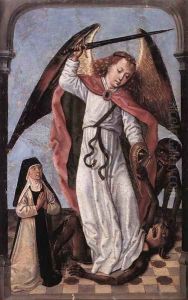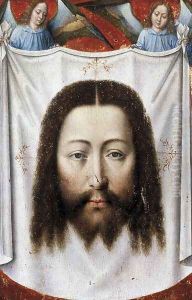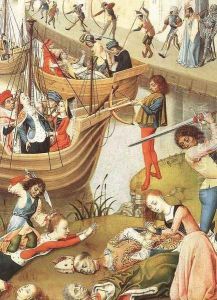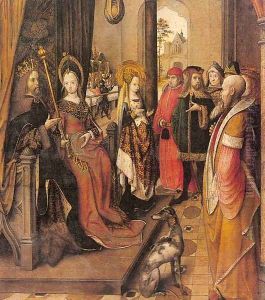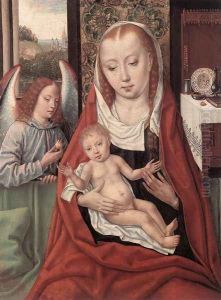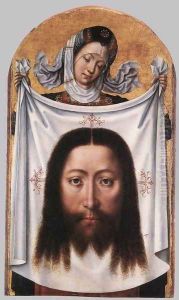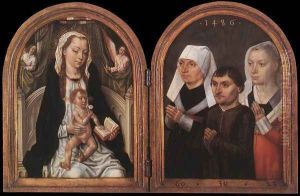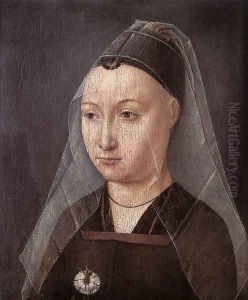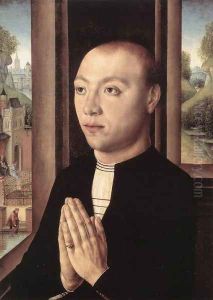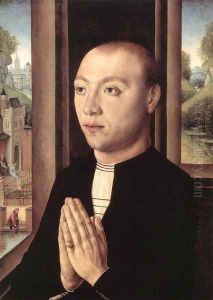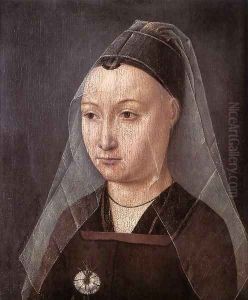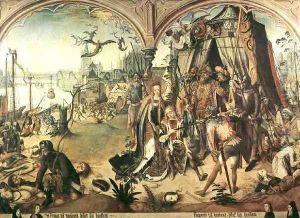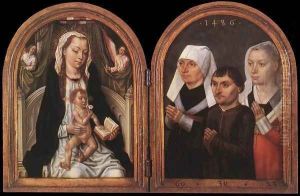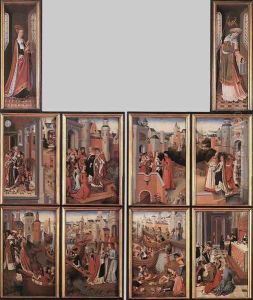Master of the Legend of St. Ursula Paintings
The Master of the Legend of St. Ursula is the notname given to an unidentified Early Netherlandish painter or group of painters active in Bruges from around 1470 to 1500. The name derives from a series of paintings depicting scenes from the life of St. Ursula, now preserved in the Groeningemuseum in Bruges. These works are characterized by their meticulous attention to detail, vibrant colors, and the emotional depth of the figures portrayed.
The Master of the Legend of St. Ursula is known for their sophisticated use of color and light, intricate landscapes, and detailed interior scenes that are reflective of the wealth and sophistication of Bruges during the late 15th century. The artist's work is often compared to that of Hans Memling, one of the leading painters in Bruges at the time, suggesting that they may have been contemporaries or that the Master was influenced by Memling's style.
Despite the lack of concrete information regarding the Master's identity, art historians have attributed several other works to this artist based on stylistic similarities. These include altarpieces, portraits, and devotional panels. Each piece attributed to the Master of the Legend of St. Ursula showcases the artist's skill in portraying religious narratives with a humanistic touch, making the divine accessible and relatable to the viewer.
The anonymity of the Master of the Legend of St. Ursula adds an element of mystery to their work, prompting ongoing research and debate among art historians. Efforts to identify the Master have led to various theories, yet no conclusive evidence has been found to definitively link the body of work to a single artist or workshop. As a result, the Master of the Legend of St. Ursula remains a fascinating figure in the history of Netherlandish painting, representing the collaborative and often anonymous nature of art production during the period.
